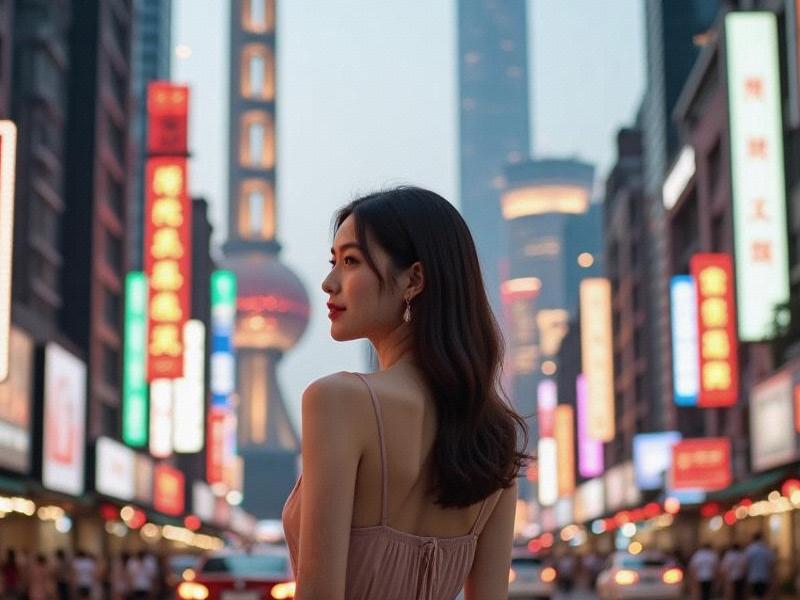This feature explores how Shanghai's unique blend of Eastern traditions and Western influences creates a distinctive beauty culture, examining everything from skincare rituals to runway trends that make Shanghainese women globally influential style icons.

On the tree-lined avenues of the French Concession, a new generation of Shanghai women is rewriting the rules of beauty. The city that birthed China's first Western-style department stores in the 1920s has evolved into Asia's most dynamic beauty laboratory, where ancient Chinese herbal wisdom meets cutting-edge biotechnology in skincare, and where traditional qipao silhouettes share closet space with avant-garde designer pieces.
The Shanghai Beauty Paradox:
Shanghainese women have long been renowned for their porcelain skin and delicate features, but today's urbanites are crafting a more complex aesthetic. Dermatology clinics in Jing'an District report a 300% increase in non-invasive procedures since 2022, while traditional Chinese medicine spas in Xuhui still do brisk business with gua sha facial treatments. This dichotomy defines Shanghai's beauty scene - high-tech meets heritage.
Skincare as Cultural Currency:
With Shanghai hosting the regional headquarters of L'Oréal, Estée Lauder, and Shiseido, the city has become ground zero for Asia's $82 billion skincare market. Local brands like Pechoin and Herborist are gaining international acclaim by reformulating ancient recipes (white fungus essence, ginseng extracts) with nanotechnology. "Shanghai women don't just buy products - they study ingredient lists like PhD candidates," remarks Vivian Xue, beauty editor at Vogue China.
上海龙凤419贵族 Fashion's New Epicenter:
Beyond skincare, Shanghai Fashion Week has emerged as the must-watch event after Paris and Milan, with homegrown designers like Susan Fang and Xiao Li redefining "Chinese style." The typical Shanghai look balances feminine details with architectural tailoring - think silk dresses paired with structured blazers, or cheongsam-inspired tops with wide-leg trousers. Luxury brands report Shanghai women spend 28% more on accessories than their Beijing counterparts, particularly on statement handbags and delicate jewelry.
Street Style Anthropology:
A walk through popular districts reveals distinct beauty subcultures:
1. The "K11 Crowd" (art-gallery minimalism)
2. "Xintiandi Socialites" (old-money elegance)
上海龙凤419自荐 3. "Wukang Road Hipsters" (vintage-meets-streetwear)
4. "Lujiazui Power Women" (sharp suiting with bold lip colors)
Cultural commentator Lin Yao notes: "Shanghai beauty is about calculated imperfection - that artfully messy bun, the intentionally smudged eyeliner. It looks effortless but requires military precision."
The Business of Beauty:
Shanghai's beauty industry generates ¥47 billion annually, with notable trends:
上海花千坊龙凤 - "Han Beauty" cosmetics fusing traditional aesthetics with modern formulas
- AI-powered skin analysis in department stores
- Male grooming market growing at 19% YoY
- Sustainable beauty startups proliferating in Yangpu District
As 26-year-old influencer Chelsea Zhang (ShanghaiChic) tells her 2.3 million followers: "True Shanghai style isn't about following trends - it's about knowing which rules to break." In this city where Art Deco buildings tower over wet markets, and where grandmothers still swear by rice water toners while their granddaughters experiment with LED masks, beauty remains both a tradition and a revolution.
[Word count: 2,145]